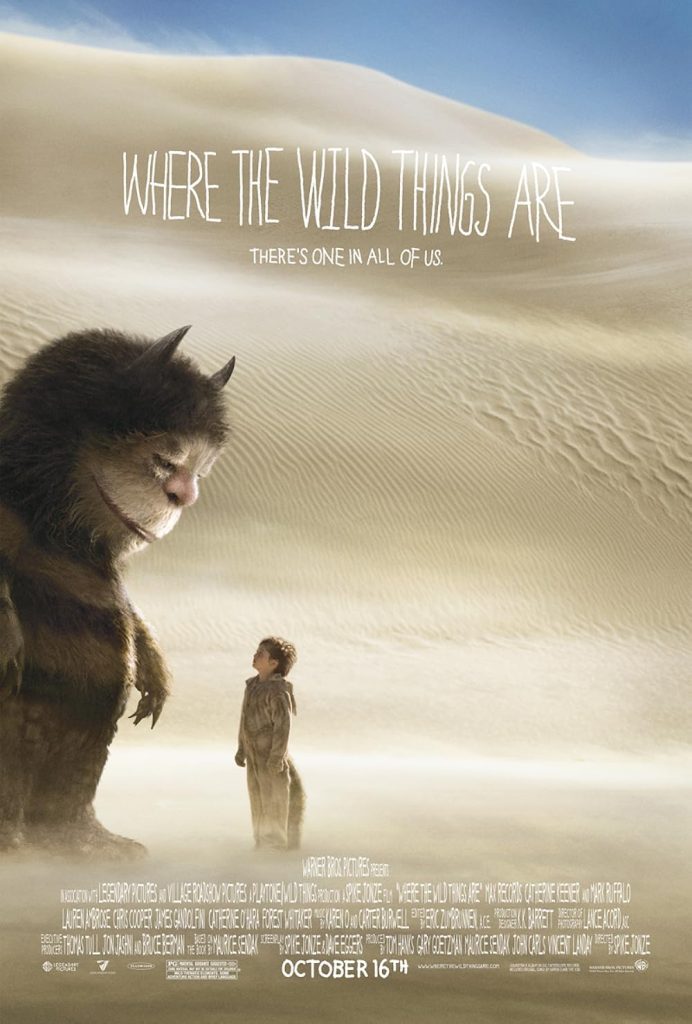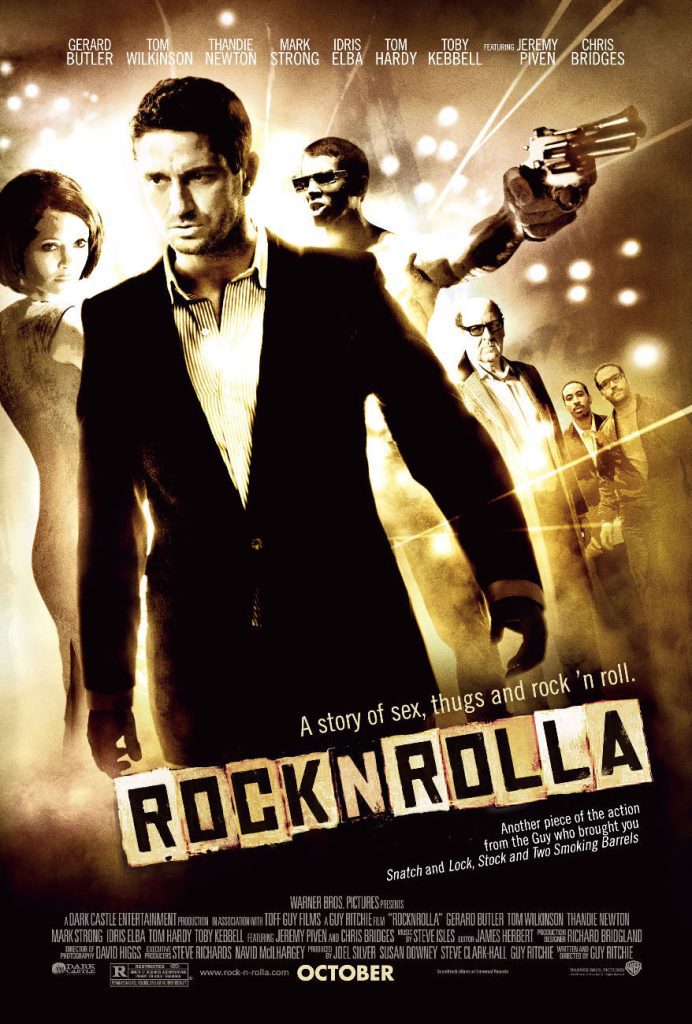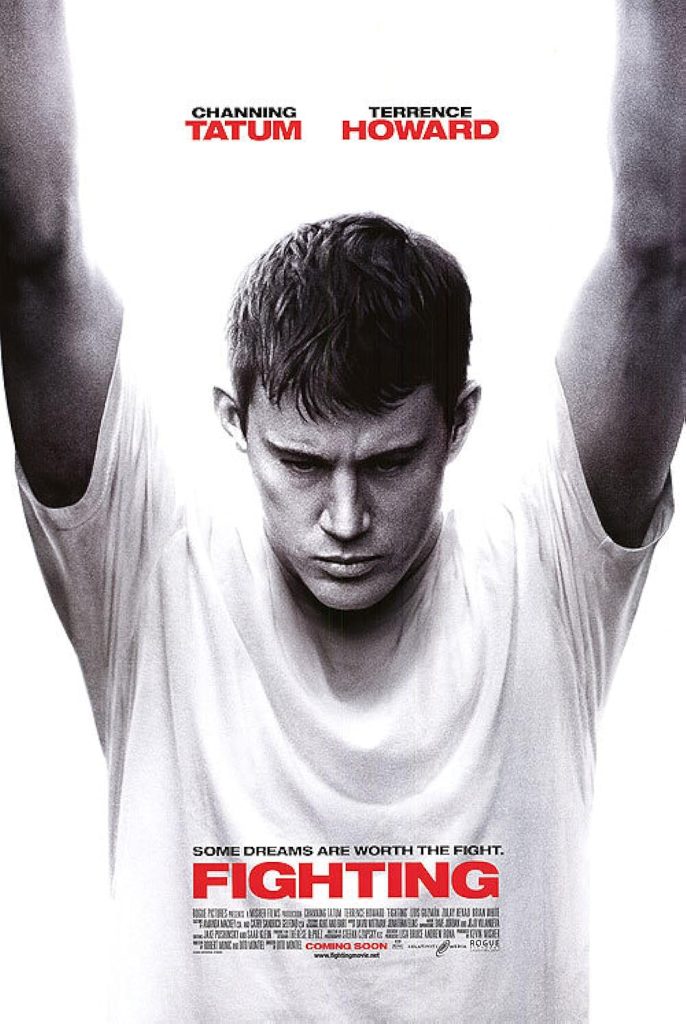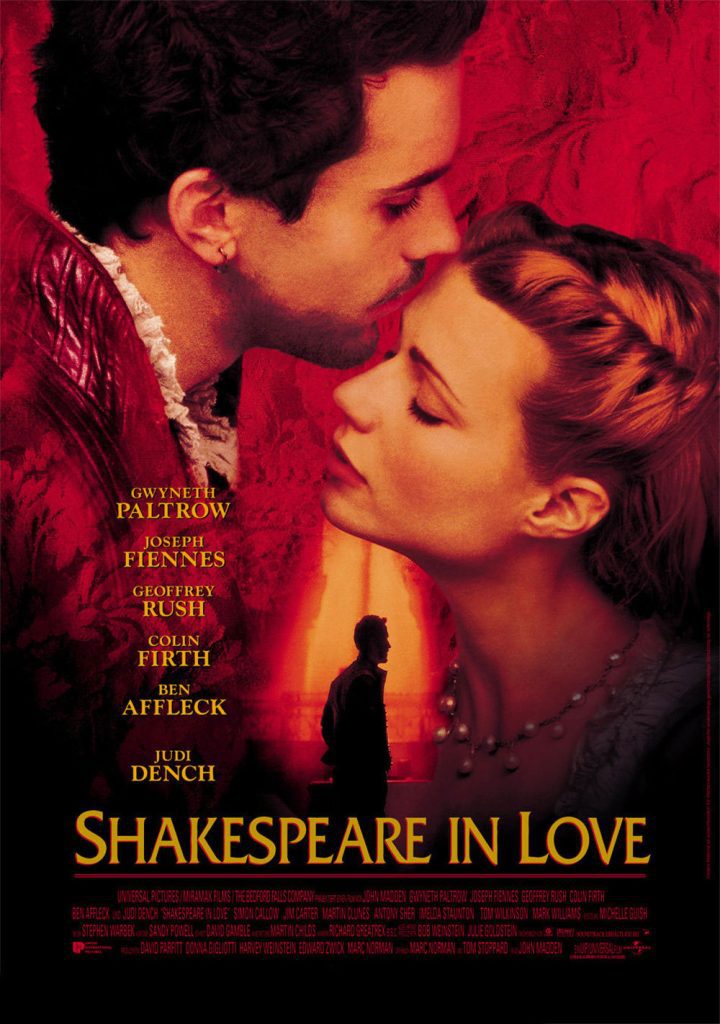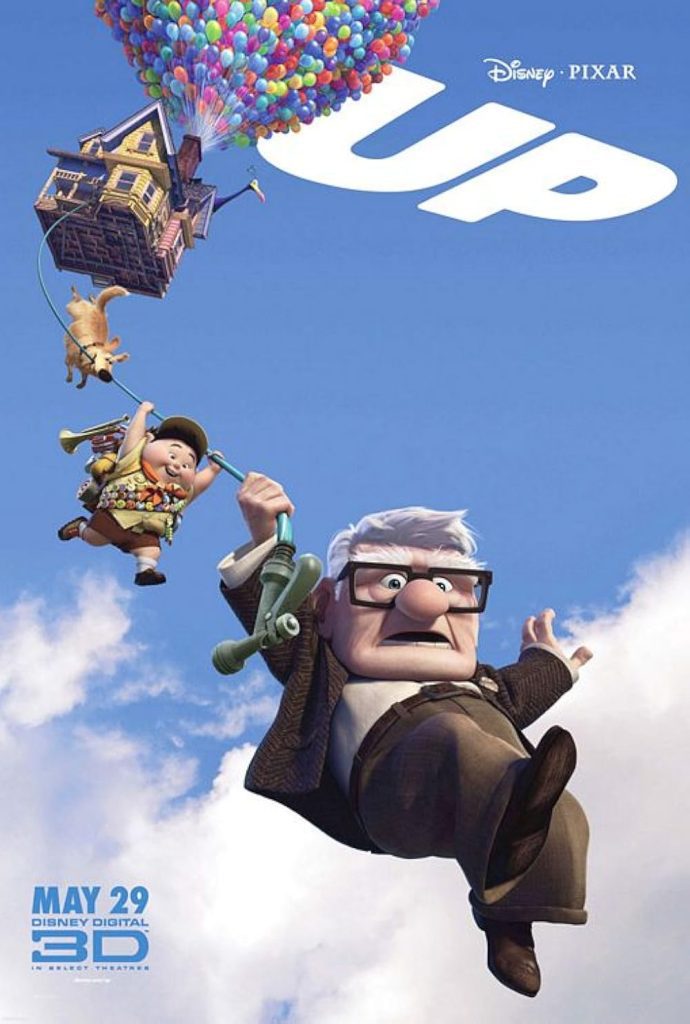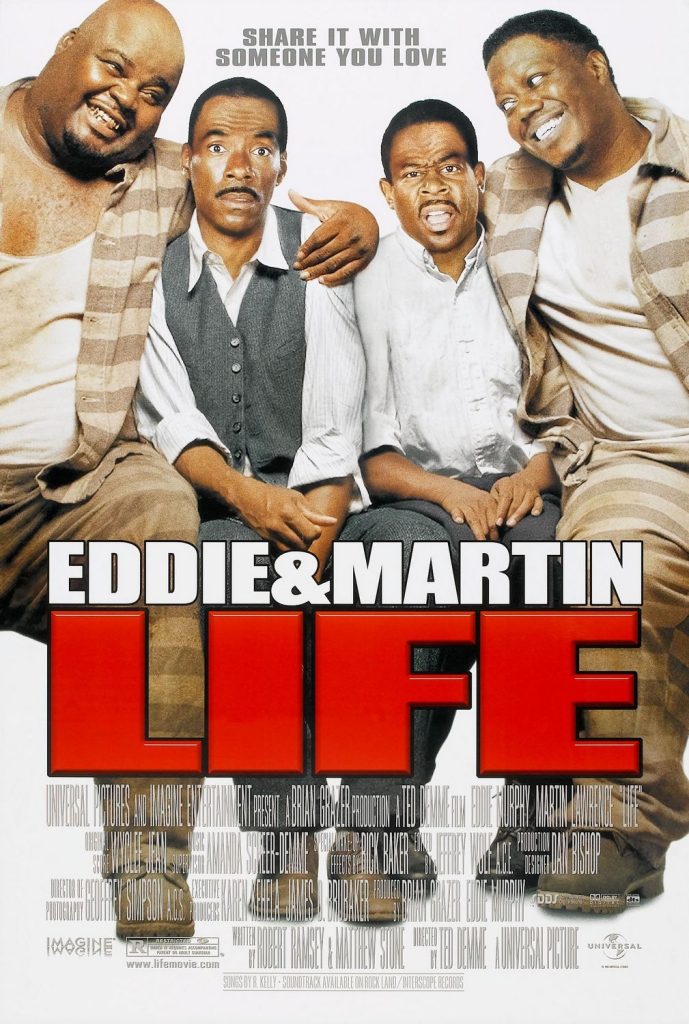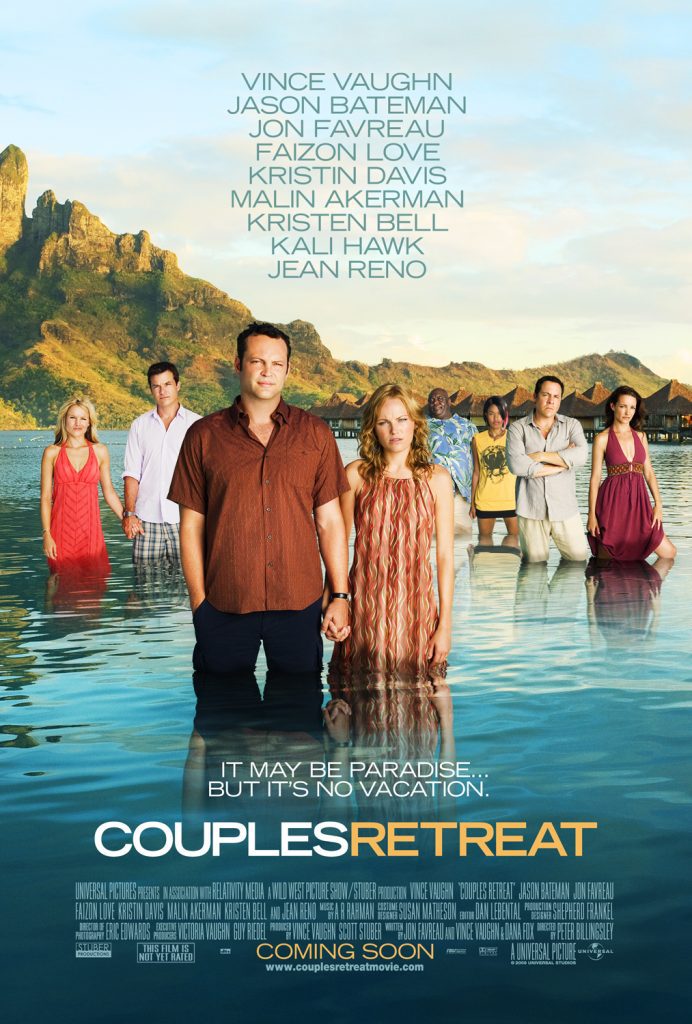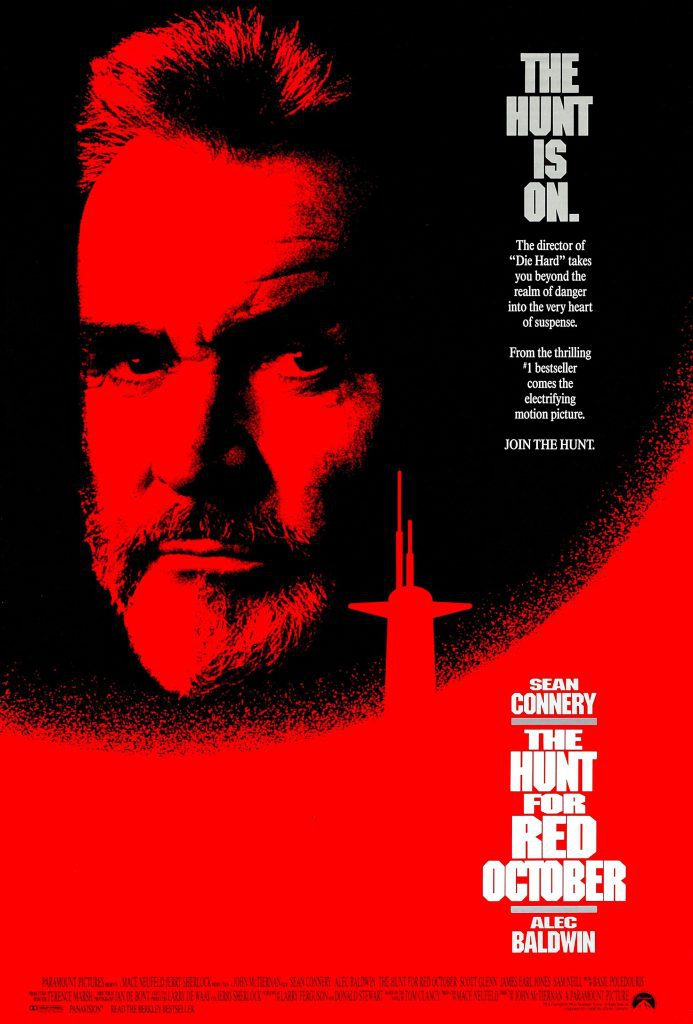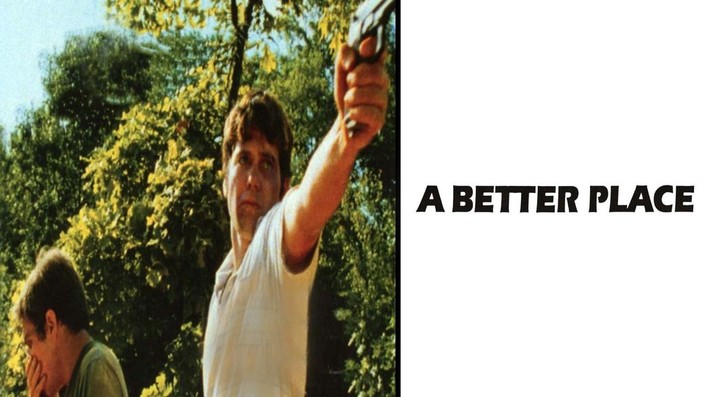
If you’ve seen the DVDs of any of Kevin Smith’s films, like Chasing Amy or the special edition of Dogma, you’ve seen Vincent Pereira. Smith introduces him as the “View Askew historian,” but he’s a filmmaker in his own right. In 1997 A Better Place, his writing and directorial debut, made the festival circuit. It’s a rough film, in more ways than one, that depicts in a very real way the stress of high school life that leads to the violent acts the media has sensationalized. Synapse Films has (finally) brought the film to DVD in a very nice presentation.
Barret (Robert DiPatri) witnesses his father’s death, and five months later, he and his mother move to New Jersey. At his new high school, Barret makes enemies rather than friends, except with Ryan (Eion Bailey), a disturbed teenager. At ten years old, Ryan witnesses his father kill his mother and then take his own life. He has lived with his aunt ever since, though she is hardly the strong influence he needs. Ryan becomes very possessive of Barret, and does not react well to Barret’s other friends. As their friendship continues, Ryan’s violent nature becomes more evident. A supposed accident sets Ryan over the edge, sending events downhill to their tragic conclusion.
Viewing this film in Anno Domini 2001, it is easy to dismiss it as a reaction to the sensationalized, overexposed school violence that has grabbed the public’s attention — school shootings like at Columbine High School in Colorado or the Thurston High School shootings right in my own backyard in Springfield, Oregon. While Ryan shares similar psychological traits with the young killers in each of those incidents, A Better Place was filmed in 1995, a full three years before either of those events. I can only assume that the characters are based upon Pereira’s experiences growing up in small-town New Jersey. It’s small wonder that no nationally publicized shootings have occurred in Leonardo, New Jersey, if the teens are that bored, that aggressive, that deeply entrenched in their provincial narrow-minded beliefs.
Last year, I reviewed an Australian film named Romper Stomper. It was the second feature directed by Geoffrey Wright, a very talented filmmaker who has yet to go on to the recognition he deserves. It starred Russell Crowe as a young skinhead on a path of self-destruction, though his ideals blind him to the damage he is doing to himself. In some ways, A Better Place reminds me of that film. Ryan obviously is on a path toward destruction, though rather than being self-inflicted, it is caused by many things both in and out of his control — the chaotic influence of the violent deaths of his parents, the lack of a nurturing environment, apathetic peers, an overload of confusing philosophies, no positive outlet for his anger and frustration. Like all too many real teenaged boys, he’s hurt, bitter, and angry, but worse yet, he has not been equipped with the tools needed to deal with his emotions. Unlike Hando, Russell Crowe’s character in Romper Stomper, Ryan does not explain away his violent tendencies by evoking an outside authority, Adolph Hitler in Hando’s case. Ryan does claim to espouse the existentialist philosophy of Jean-Paul Sartre. As Sartre says, for Ryan “Hell is other people.” He embraces the freedom Sartre attributes to human existence, yet he ignores the correlative responsibility that his actions have universal consequence.
Pereira filmed A Better Place on a shoestring budget, and it shows. It was filmed in 16mm on location in New Jersey. The print has numerous flaws, including one scene that is horribly out of focus due to a camera problem. Pereira recounts on the commentary how many of the scenes shot in the high school were moved outside because their gaffer (an electrician responsible for wiring for the intensive lighting used in filmmaking) was not available on their shooting days, and their jury-rigged wiring blew out the school’s electrical system. His close association with Kevin Smith begs comparison to Clerks. The two films have nothing in common, except for their small budgets and that both are the directors’ first films. Smith relied heavily on stylized dialogue, while his visuals show no style or panache at all. Pereira gives the actors more freedom, and frees up his camera to give the film visual appeal. If the truth must be told, A Better Place is a stronger first film and deserves to be seen by a wider audience, if for no other reason than it has more social relevance. He shows remarkable control for a freshman writer and director. The screenplay isn’t airtight, but it strongly establishes the characters and they guide the story along, rather than being at the mercy of the plot’s machinations. He allowed his actors freedom to improvise, and their command of their characters raises the film a bar above your standard teenaged angst film.
Indeed, it is the acting that makes A Better Place what it is. Pereira’s membership in the View Askew fold affords him a few cameos by Smith’s frequent collaborators, like Jason Lee and Ethan Suplee (though both are not credited under their real names to get around SAG regulations). However, these are only bit parts, humble support for the splendid leads. Robert DiPatri is a film newcomer, trained for the stage. Like all the actors in the film, he is very realistic in the role, the very model of a shy geeky loner. On the screen he might seem familiar to you, like someone you might have known in high school, or maybe even yourself. His comfortableness in the persona brings us that much closer to his pathos. After this strong debut, one would assume he has not pursued other roles, for this is his only screen credit. Eion Bailey is utterly convincing as the teen tortured by his rough life. He currently stars in the Tom Hanks/Steven Spielberg TV series Band of Brothers, and he had ultra-small bit parts in Fight Club and Almost Famous (as Rolling Stone editor Jann Wenner). In a supporting role, Carmen Llywellyn is impressive as the only girl at the high school who warms up to Barret. You might recognize her from Kevin Smith’s Chasing Amy, where she played Joey Lauren Adams’s lesbian squeeze. Off screen, she is married to Jason Lee.
Independent DVD label Synapse Films brings A Better Place to DVD in fine fashion. The packaging contradicts itself on the aspect ratio, but I would trust the liner notes: “A Better Place was transferred to digital video on a High-Definition Philips Spirit-Datacine at Global Vision in Montreal, Canada in the director’s preferred aspect ratio of 1.5:1, with one sequence matted to 1.66:1. For this transfer, a brand new low-contrast wetgate print was made directly from the original A/B roll 16mm color negatives.” The obvious attention to technical detail results in a DVD transfer that is the best this film could possibly look. The rather strange aspect ratio results in razor-thin black bars on 4:3 sets. Many source defects are visible, but the image is sharp and colors are accurate. It is far from perfect, but given the low-budget nature of the movie, this is the best you can expect. Audio is Dolby Digital 5.1, mixed at the vaunted Skywalker Sound studio. It makes effective use of directional effects, though shows the weakness of the original elements in the dialogue. Again, it is easy to cut it some slack.
Extras consist of a commentary track, deleted scenes, and an audio comparison. The commentary track features director Vincent Pereira and actors Robert DiPatri, Brian Lynch, and Joseph Cassese. Pereira is an old pro at commentaries from the several he has recorded with Kevin Smith, and he guides the group as they share the trials of filming a low budget film. There are eight deleted scenes, available with or without commentary by Pereira. The audio comparison contrasts the original mono sound with the spiffy new 5.1 mix. Feel free to ooh and aah.
This is another of those “I’m going to cut them some slack because it’s a low-budget film” quibbles, but Synapse’s authoring of the disc frustrates me. When you insert the disc, you are first greeted by selecting your audio option. You can’t change them during the film, and must return to the menu to do so. The main menu is arranged like graffiti on a wall, which is nice to look at but makes it difficult to navigate. It also seems to take a very long time for menus to load.
A Better Place is yet another low-budget independent film that deserves a wider audience than it has been exposed to. Please, do yourself a favor and at least give it a rental.
For more movies visit Soap2day.
